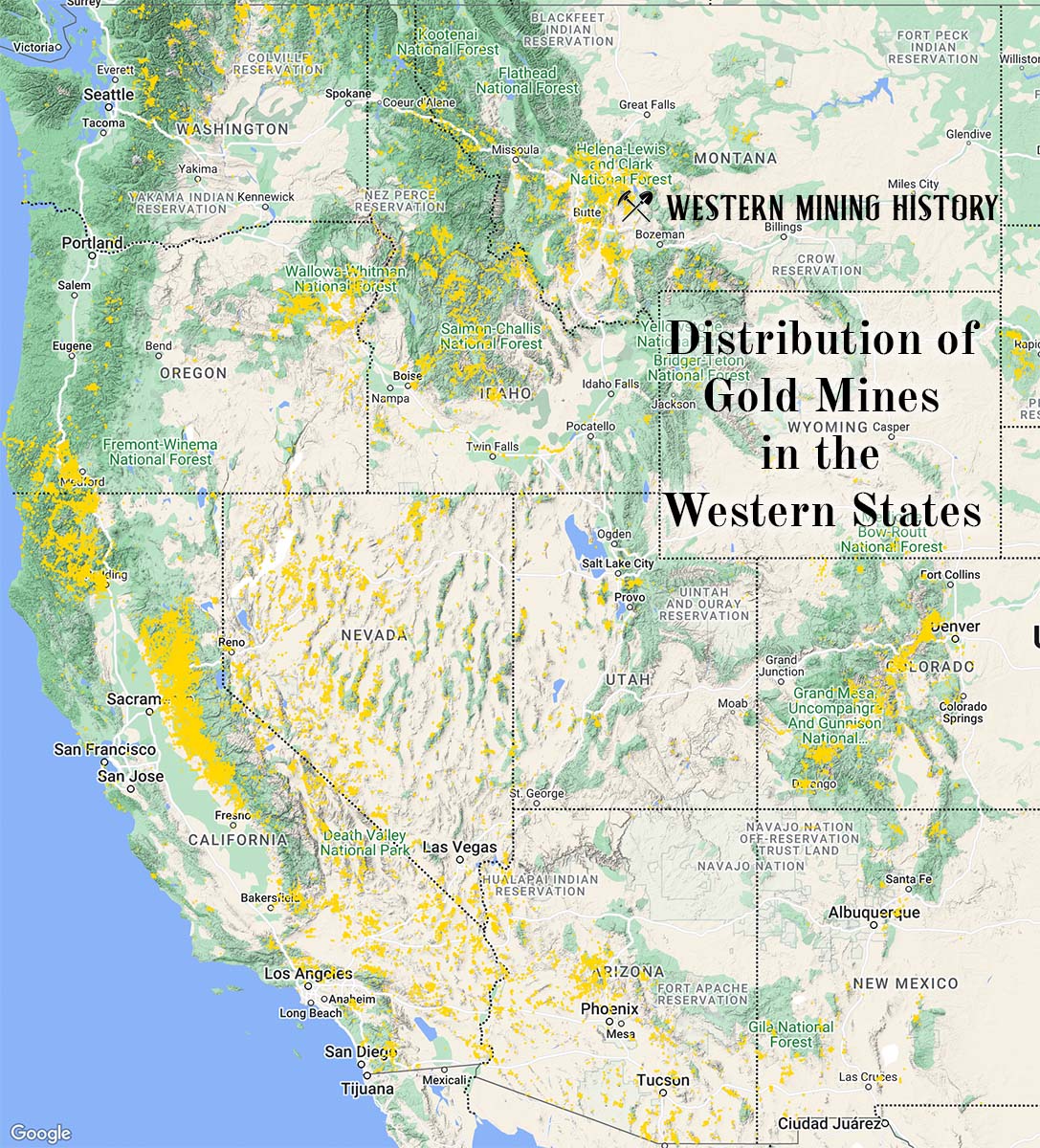The Clear Creek is a ree and uranium mine located in Alaska.
About the MRDS Data:
All mine locations were obtained from the USGS Mineral Resources Data System. The locations and other information in this database have not been verified for accuracy. It should be assumed that all mines are on private property.
Mine Info
Clear Creek MRDS details
Site Name
Primary: Clear Creek
Commodity
Primary: REE
Primary: Uranium
Location
State: Alaska
District: Koyuk
Land Status
Not available
Holdings
Not available
Workings
Not available
Ownership
Not available
Production
Not available
Deposit
Record Type: Site
Operation Category: Occurrence
Operation Type: Unknown
Years of Production:
Organization:
Significant:
Physiography
Not available
Mineral Deposit Model
Not available
Orebody
Not available
Structure
Not available
Alterations
Not available
Rocks
Role: Associated
Age Type: Associated Rock
Age in Years: 92.800000+-2.600000
Dating Method: K-Ar
Age Young: Holocene
Role: Associated
Age Type: Associated Rock
Age in Years: 88.300000+-1.500000
Dating Method: K-Ar
Age Young: Holocene
Analytical Data
Not available
Materials
Not available
Comments
Comment (Geology): Age = Chronological age is for the Darby pluton.
Comment (Exploration): Status = Inactive
Comment (Deposit): Model Name = Disseminated uranium and rare-earth-bearing minerals may be accessory phases in the Darby pluton.
Comment (Geology): Geologic Description = Heavy-mineral concentrates from stream sediments in the Clear Creek drainage commonly contain 0.01 to 0.02% equivalent uranium (West, 1953). The source of this uranium is mostly an unidentified titanium niobate mineral. The widespread elevated Nb values in stream sediments (Miller and Grybeck, 1973) and in heavy -mineral concentrates (West, 1953) of the Clear Creek-Vulcan Creek area may indicate specific mineralized zones or disseminations in late, felsic phases of the Darby pluton (Miller and Grybeck, 1973). Other minerals common in the heavy mineral concentrates are magnetite, hematite, ilmenite, topaz, allanite, and sphene. Clear Creek and its north tributaries have headwaters in the Darby pluton. Many of the heavy minerals in the concentrates from stream sediments in the area are known accessory minerals in the Darby pluton. The widespread elevated Nb values in stream sediments (Miller and Grybeck, 1973) and in heavy -mineral concentrates (West, 1953) of the Clear Creek-Vulcan Creek area may indicate specific mineralized zones or disseminations in late, felsic phases of the Darby pluton (Miller and Grybeck, 1973). The Darby pluton is a mid-Cretaceous granodiorite and granite that has elevated background levels of uranium and thorium (Miller and others, 1972; Miller and Bunker, 1976; Johnson and others, 1979). This pluton is considered the bedrock source of uranium that was mobilized and deposited in the Death Valley sandstone uranium deposit during the Eocene (Dickinson and others, 1987). K/Ar ages for the Darby pluton are 88.3 +/- 1.5 and 92.8 +/- 2.6 Ma (Berry and others, 1976).
Comment (Geology): Ore Material = Uraniferous titanium niobate mineral
Comment (Geology): Age = the heavy mineral concentrates are from Holocene surficial materials but these have been primarily derived from the nearby bedrock of the Darby pltuton. The Darby pluton is mid-Cretaceous; K/Ar ages for the Darby pluton are 88.3 +/- 1.5 and 92.8 +/- 2.6 Ma (Berry and others, 1976).
Comment (Reference): Primary Reference = West, 1953
Comment (Workings): Workings / Exploration = There are no known workings; exploration in the region may have included reconnaissance stream sediment sampling and radiometric surveys.
References
Reference (Deposit): Johnson, B.R., Miller, T.P., and Karl, S., 1979, Uranium-thorium investigations of the Darby pluton, Seward Peninsula, Alaska: U.S. Geological Survey Circular 804-B, p. 68-70.
Reference (Deposit): Till, A.B., Dumoulin, J.A., Gamble, B. ., Kaufman, D.S., and Carroll, P.I., 1986, Preliminary geologic map and fossil data, Soloman, Bendeleben, and southern Kotzebue quadrangles, Seward Peninsula, Alaska: U.S. Geological Survey Open-File Report 86-276, 10 p., 3 plates, scale 1:250,000.
Reference (Deposit): Miller, T.P., Grybeck, D.J., Elliott, R.L., and Hudson, T.L., 1972, Preliminary geologic map of the eastern Solomon and southeastern Bendeleben quadrangles, eastern Seward Peninsula, Alaska: U.S. Geological Survey Open-File Report 72-256, 11 p.
Reference (Deposit): Miller, T.P., and Grybeck, D.J., 1973, Geochemical survey of the eastern Solomon and southeastern Bendeleben quadrangles, Seward Peninsula, Alaska: U.S. Geological Survey Open-File Report 553, 115 p.
Reference (Deposit): West, W.S., 1953, Reconnaissance for radioactive deposits in the Darby Mountains, Seward Peninsula, Alaska, 1948: U.S. Geological Survey Circular 300, 7 p.
Reference (Deposit): Cobb, E.H., 1972, Metallic resources map of the Solomon quadrangle, Alaska: U.S. Geological Survey Miscellaneous Field Studies Map MF-445, scale 1:250,000.
Reference (Deposit): Berry, A.L., Dalrymple, G.B., Lamphere, M.A., and Von Essen, J.C., 1976, Summary of miscellaneous potassium-argon age determinations, U. S. Geological Survey, Menlo Park, California, for the years 1972-1974: U.S. Geological Survey Circular 727, 13 p.
Reference (Deposit): Miller, T.P., and Bunker, C.M., 1976, A reconnaissance study of the uranium and thorium contents of plutonic rocks of the southeastern Seward Peninsula, Alaska: U.S. Geological Survey Journal of Research, v. 4, p. 367-377.
Reference (Deposit): Cobb, E.H., 1978, Summary of references to mineral occurrences (other than mineral fuels and construction materials) in the Solomon quadrangle, Alaska: U.S. Geological Survey Open-File Report 78-181, 185 p.
The Top Ten Gold Producing States

These ten states contributed the most to the gold production that built the West from 1848 through the 1930s. The Top Ten Gold Producing States.